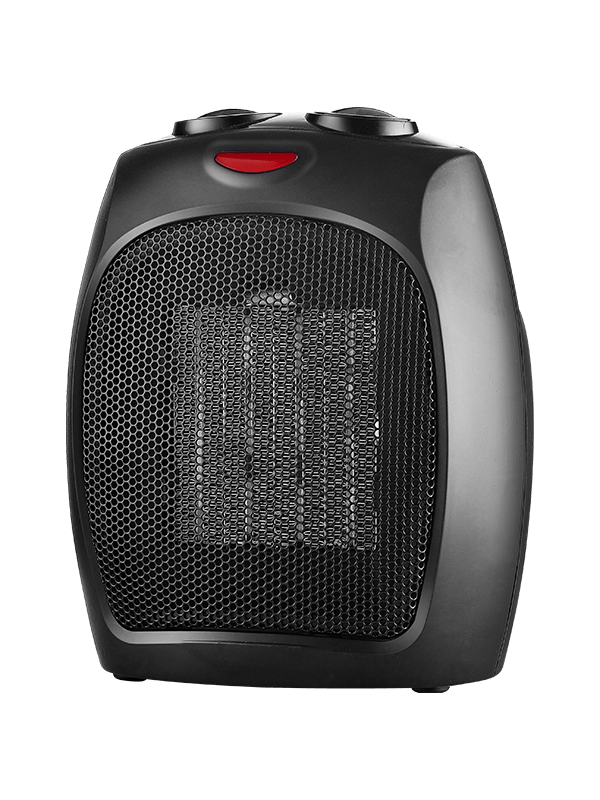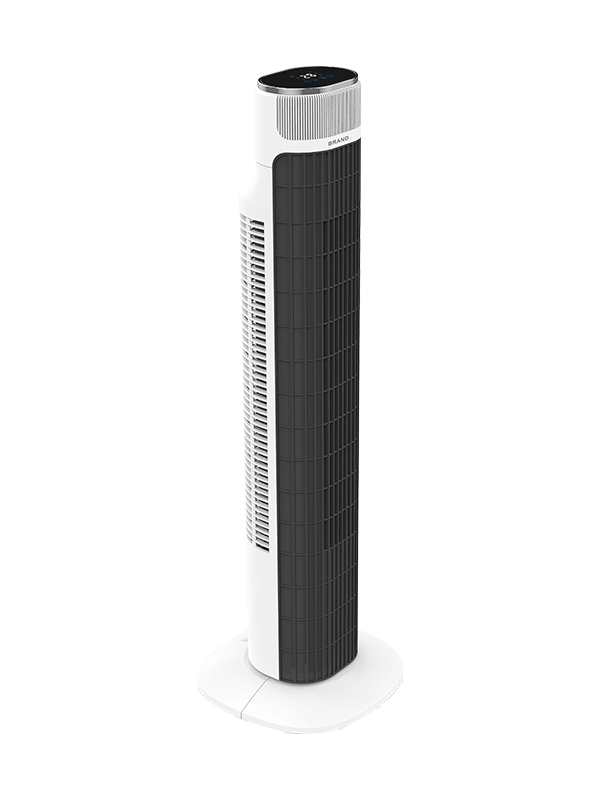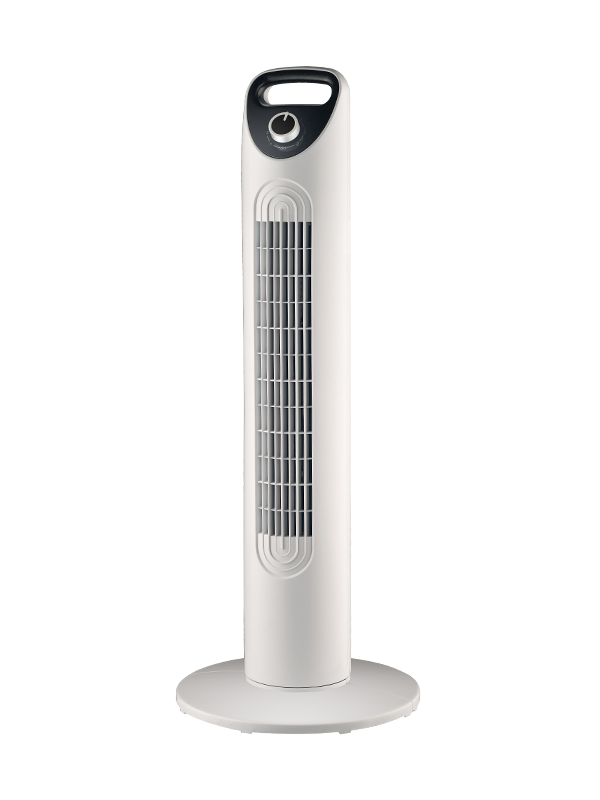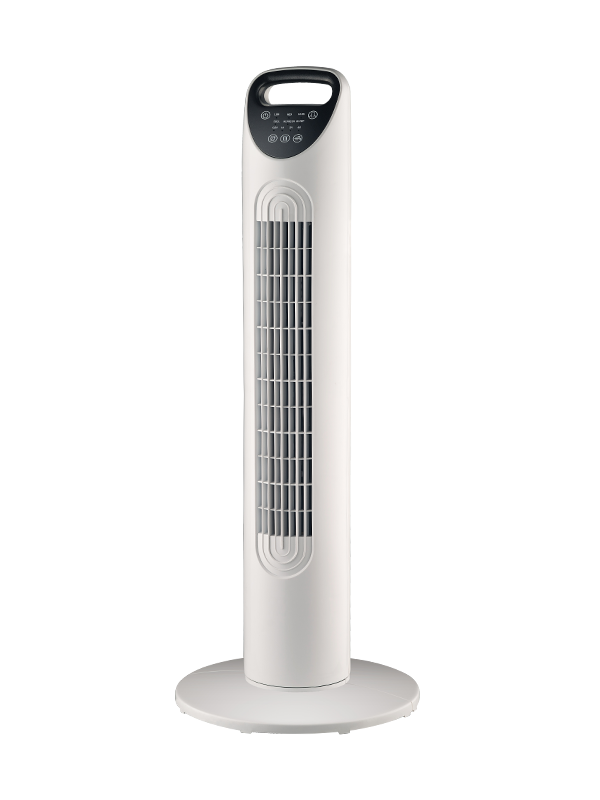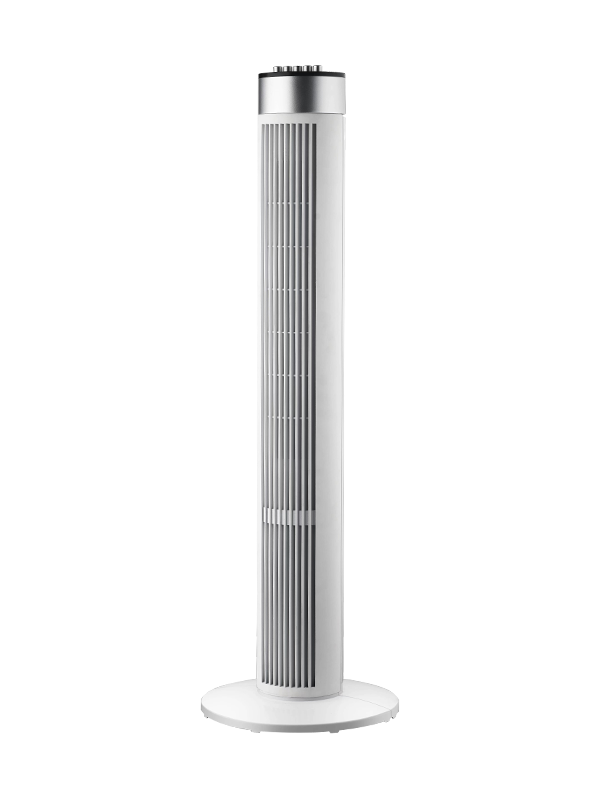News
We are a professional heater supplier.
We are a professional heater supplier.
Content
For decades, electric fans have been a staple in homes and offices around the world, providing an affordable and accessible way to stay cool. Yet, traditional fans have long been limited by one-dimensional airflow — powerful but often uneven, and rarely optimized for modern energy standards.
Today, a new generation of circulation electric fans is changing that narrative. Designed with advanced aerodynamic engineering, smart sensors, and energy-efficient motors, these devices are redefining what it means to move air effectively indoors.
Whether complementing air conditioners, improving indoor air quality, or providing year-round comfort, circulation fans are emerging as essential tools in sustainable and intelligent climate control.
Unlike conventional fans that simply push air in one direction, circulation electric fans are engineered to create a continuous, dynamic airflow throughout an entire room.
The key lies in aerodynamic blade design and oscillating motion patterns that move air in spiral or vortex-like paths. Instead of cooling just one person or corner, circulation fans distribute air evenly — mixing warm and cool zones for consistent comfort.
Key differences include:
3D Airflow Technology: Fans that tilt vertically and horizontally to move air in multiple directions simultaneously.
Vortex or Spiral Motion: Creates an “air circulation loop” that maintains steady indoor airflow even after the fan stops rotating.
Energy Efficiency: Works synergistically with air conditioners or heaters, helping stabilize room temperature faster and reducing energy consumption.
Compact yet Powerful Design: Modern circulation fans are smaller, quieter, and more efficient than traditional pedestal or box fans.
In essence, the circulation fan is not just blowing air — it’s engineering the flow.
At the core of circulation fan innovation is the understanding of fluid dynamics — how air behaves when it moves.
Traditional fans produce laminar airflow — air that moves in straight, narrow streams. This can feel refreshing directly in front of the fan but quickly dissipates, leaving stagnant pockets elsewhere in the room.
Circulation fans, on the other hand, generate turbulent airflow, producing vortex patterns that continuously mix and refresh air. This process:
Balances room temperature by eliminating hot and cold zones.
Improves ventilation, ensuring consistent oxygen distribution.
Supports HVAC efficiency by spreading conditioned air more effectively.
One of the most compelling reasons for the surge in circulation fan popularity is their energy-saving potential.
Traditional air conditioners are notorious for high energy consumption. Pairing them with a circulation electric fan allows for a significant reduction in electricity use — sometimes up to 20–30% less energy, according to manufacturer tests.
Here’s how it works:
Circulation fans distribute cool air evenly, reducing the need to set air conditioners at lower temperatures.
During winter, reversing the fan’s direction pushes warm air down, minimizing heating costs.
Many models now feature brushless DC (BLDC) motors, which consume up to 50% less power than traditional AC motors.
Moreover, most circulation fans are eco-friendly in design, using recyclable plastics, energy-efficient motors, and packaging that aligns with global sustainability standards.
The trend fits neatly into the global shift toward green technology and energy-conscious home design — where performance meets responsibility.
In the age of smart homes, connectivity is key. The latest generation of circulation electric fans seamlessly integrates with IoT ecosystems, offering features such as:
Wi-Fi and App Control: Adjust speed, oscillation, and timer settings remotely via smartphones.
Voice Assistant Compatibility: Integration with Alexa, Google Assistant, or Apple HomeKit for hands-free control.
Smart Sensors: Temperature and humidity sensors automatically adjust airflow for optimal comfort.
AI Learning Algorithms: Some high-end models adapt to user habits, adjusting airflow patterns based on historical use or time of day.
This combination of smart intelligence and mechanical precision elevates the fan from a simple household appliance to a connected climate management tool.
Noise has always been a drawback of traditional fans, particularly in workspaces or bedrooms. The latest circulation electric fans tackle this issue through advanced acoustic engineering.
Innovations include:
Aerodynamic blade curvature that reduces turbulence noise.
Low-vibration motor mounts to minimize mechanical hum.
Variable-speed control that automatically lowers noise output during sleep or rest periods.
Some premium models operate at sound levels as low as 25–30 decibels, comparable to a whisper — allowing for round-the-clock operation without disturbance.
This makes circulation fans ideal not just for living rooms and offices, but also for nurseries, hospitals, and schools where quiet operation is essential.
While household use drives most of the consumer market, circulation electric fans are also gaining traction in commercial, agricultural, and industrial environments.
Offices and Retail Spaces: Improve air quality and comfort without increasing HVAC load.
Warehouses and Workshops: Maintain consistent temperature zones for worker safety and equipment efficiency.
Greenhouses: Support plant growth by balancing humidity and CO₂ distribution.
Public Facilities: Provide ventilation in areas with limited airflow or natural light.
In these environments, fans are often combined with air purification systems, creating multi-functional climate management solutions.
Today’s circulation fans are no longer bulky appliances hidden in corners — they are designed to be seen.
Manufacturers are investing in sleek, minimalist designs that complement modern interiors. Common features include:
Matte finishes and neutral tones to blend with décor.
Magnetically detachable grills for easy cleaning.
Compact bases and adjustable height stands for space efficiency.
Wireless or rechargeable models for clutter-free operation.
Some even double as decorative statement pieces, merging style and utility — a clear reflection of how home appliances have evolved from purely functional to lifestyle-oriented.
The global circulation electric fan market has seen steady growth over the past five years, driven by rising awareness of energy efficiency, climate comfort, and smart home integration.
According to industry reports:
The market is projected to reach over USD 5 billion by 2030, growing at a CAGR of around 7–8%.
Asia-Pacific leads production and consumption, particularly in China, Japan, and South Korea.
Europe and North America are seeing increasing demand for premium and eco-friendly models.
The COVID-19 pandemic also accelerated the trend, as consumers prioritized indoor air quality and ventilation in homes and offices.
Brands that successfully combine performance, sustainability, and design aesthetics are quickly gaining competitive advantage in this dynamic market.
Despite its promising future, the circulation fan market faces several challenges:
Price Competition: Low-cost models flood the market, sometimes compromising on quality or durability.
Consumer Education: Many users still view fans as simple cooling devices rather than energy-saving air circulators.
Standardization: The industry lacks unified performance metrics to compare airflow efficiency across brands.
However, innovation continues to push boundaries. The next frontier may include:
Hybrid air systems combining fans with air purifiers or humidifiers.
Solar-powered circulation units for off-grid or sustainable households.
AI-driven environmental sensing to automatically balance temperature and humidity.
As technology and design advance, circulation electric fans are set to play a central role in the future of intelligent, sustainable living environments.
Why Ceramic Tower Heaters Are the Best Choice for Energy-Efficient Heating
2025-10-22Why Electric Heaters Are Gaining Popularity in Modern Homes
2025-11-05Your email address will not be published. Required fields are marked *
Copyright © Cixi BEILIGE Electric appliance Co.,Ltd. All Rights Reserved


